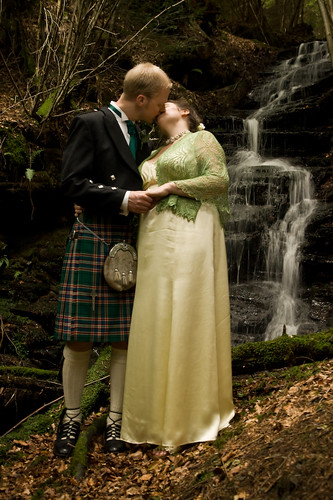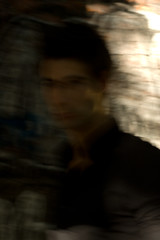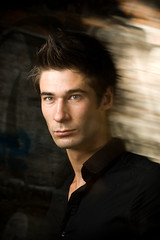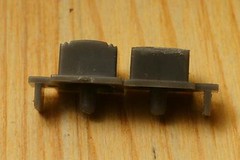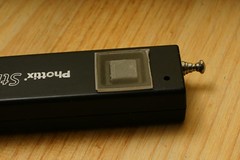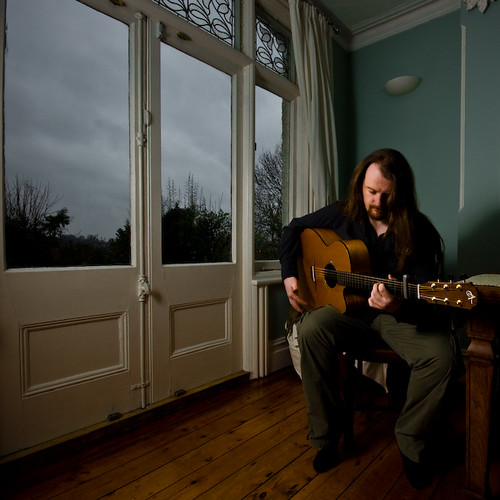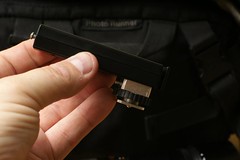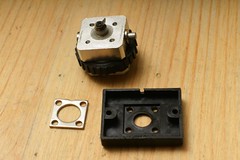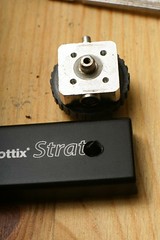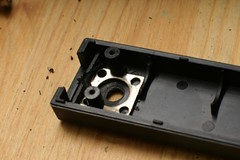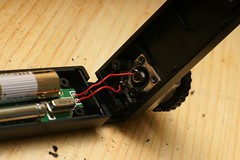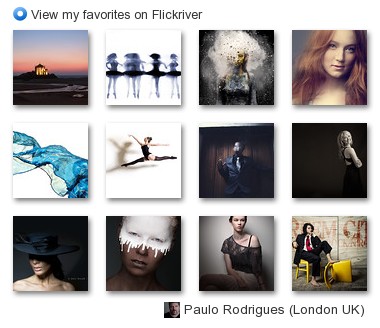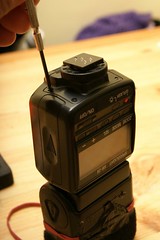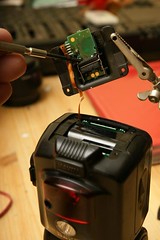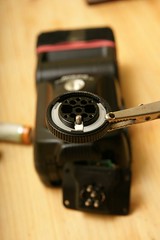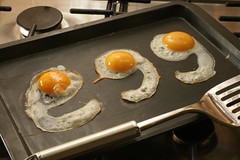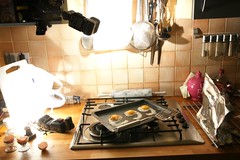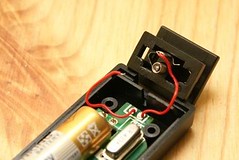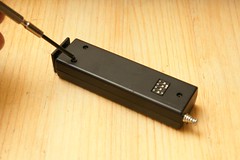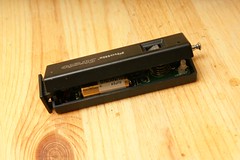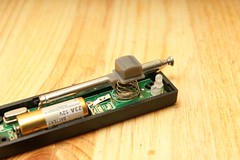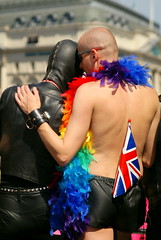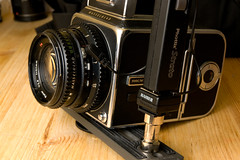 You are probably thinking about new year's resolutions about now. Photographically one of the more popular resolutions is to start a 365 project where you undertake to take a photo every day. Starting a 365 project is very much like giving up smoking. Giving up smoking is easy, I have done it hundreds of times. Starting a 365 project is easy, completing one is hard. In a way it is more difficult than giving up smoking because giving up smoking requires positive action to break your resolution, you have to get off your arse and spend money to break it. However a 365 project requires daily action to keep the resolution going. My own experience of starting a 365 project was not very positive and I found that in some ways it dampened my enthusiasm.
You are probably thinking about new year's resolutions about now. Photographically one of the more popular resolutions is to start a 365 project where you undertake to take a photo every day. Starting a 365 project is very much like giving up smoking. Giving up smoking is easy, I have done it hundreds of times. Starting a 365 project is easy, completing one is hard. In a way it is more difficult than giving up smoking because giving up smoking requires positive action to break your resolution, you have to get off your arse and spend money to break it. However a 365 project requires daily action to keep the resolution going. My own experience of starting a 365 project was not very positive and I found that in some ways it dampened my enthusiasm.
The first hurdle was remembering that I was doing a 365 project, it would get close to midnight and I would remember and then have to suddenly get creative with just a few minutes to go. The output from these nocturnal sessions wasn't exactly the best and then I would have to show these paltry efforts on flickr. If this wasn't damaging enough, actually missing a day was pretty bad. I tried to tell myself that I could set the counter back to 1 but the project increasingly became a chore that I could have done without and after an embarrassingly short amount of time I quit. I remember keenly how hard it was to give up smoking, so why introduce that sort of pain for something that I love doing?
I'm not saying that 365 projects are bad, just that you need to approach them with a modest amount of time management, perseverance and not worry too much about the output. I dare say that many a photographer has blossomed through doing a 365 project and the all or nothing nature of the project may well help them get motivated to shoot every day. Also their fear of showing sub-standard work may well push them to see better and be more creative. It also has to be said that 365 projects have a lot of support because lots of people are doing them. However there may be a better way for you.
What are the goals of a 365 project? To take more photographs? To enhance your skills through practice. To hone your vision or develop a style? These are things that you can resolve to do without the psychological burden of a 365 project. What you need is a definable goal. Something that doesn't mean failure of the entire project if you slip up. Something that doesn't require you to show your poorest quality work just because you need to meet a deadline.
So what am I going to do this year? I'm going to photograph all the streets within a half mile of my office and I'll do it during my lunchbreak. It sounds like a lot, but I managed to walk every street within a mile in just a few months, so it should be achievable. If I don't manage to do them all, its no big deal I can carry on into the next year.
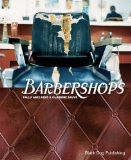
So I plan to do a series of typographies of items you will find in the street, for example, doors, doorbells and anything else that come to mind. These will be displayed alongside wider shots of the street and other detail shots taken with a more unique style.
The thing about this plan is that I'm not forced to do anything every day, there is a well defined goal and there is a timeslot set aside in the day for me to do it. Also I should have a unified body of work at the end of it. What could possibly go wrong?
Let me know if you plan to do something like this yourself. Or tell us your own experiences of a 365 project.
